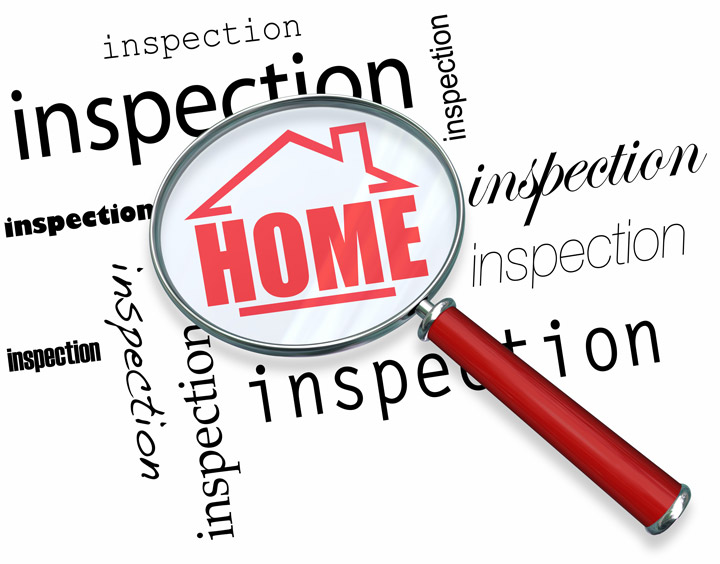
What Are the Components of an Appraisal?Getting real estate is the most significant investment some of us may ever consider. It doesn't matter if where you raise your family, an additional vacation property or a rental fixer upper, purchasing real property is a complex financial transaction that requires multiple parties to make it all happen. It's likely you are familiar with the parties having a role in the transaction. The most known entity in the transaction is the real estate agent. Then, the bank provides the financial capital necessary to fund the transaction. And ensuring all areas of the transaction are completed and that the title is clear to pass from the seller to the buyer is the title company. So, who's responsible for making sure the real estate is worth the amount being paid? In comes the appraiser. We provide an unbiased estimate of what a buyer might expect to pay — or a seller receive — for a parcel of real estate, where both buyer and seller are informed parties. A licensed, certified, professional appraiser from Patricia Stillman Appraisals will ensure, you as an interested party, are informed. Appraisals begin with the inspectionOur first task at Patricia Stillman Appraisals is to inspect the property to ascertain its true status. We must physically view aspects of the property, such as the number of bedrooms and bathrooms, the location, and so on, to ensure they truly are there and are in the shape a typical buyer would expect them to be. The inspection often includes a sketch of the floorplan, ensuring the square footage is accurate and illustrating the layout of the property. Most importantly, the appraiser looks for any obvious features - or defects - that would affect the value of the house. Back at the office, we use two or three approaches to determining the value of the property: paired sales analysis and, in the case of a rental property, an income approach. 
Cost ApproachHere, we pull information on local building costs, the cost of labor and other factors to derive how much it would cost to replace the property being appraised. This value usually sets the upper limit on what a property would sell for. The cost approach is also the least used predictor of value. 
Paired Sales AnalysisAppraisers get to know the neighborhoods in which they appraise. They thoroughly understand the value of particular features to the residents of that area. Then, the appraiser looks up recent transactions in close proximity to the subject and finds properties which are 'comparable' to the home at hand. By assigning a dollar value to certain items such as square footage, additional bathrooms, hardwood floors, fireplaces or view lots (just to name a few), we adjust the comparable properties so that they more accurately match the features of subject.
In the end, the appraiser reconciles the adjusted sales prices of all the comps and then derives an opinion of what the subject could sell for. When it comes to valuing features of homes in Hudson and Pasco, Patricia Stillman Appraisals is your local authority. This approach to value is commonly given the most consideration when an appraisal is for a home purchase. Valuation Using the Income ApproachA third way of valuing real estate is sometimes used when a neighborhood has a reasonable number of renter occupied properties. In this situation, the amount of revenue the property generates is factored in with income produced by nearby properties to give an indicator of the current value. The Bottom LineExamining the data from all approaches, the appraiser is then ready to state an estimated market value for the property at hand. Note: While the appraised value is probably the most reliable indication of what a property is worth, it probably will not be the final sales price. There are always mitigating factors such as seller motivation, urgency or 'bidding wars' that may adjust the final price up or down. But the appraised value is often employed as a guideline for lenders who don't want to loan a buyer more money than they could recover in case they had to put the property on the market again. It all comes down to this, an appraiser from Patricia Stillman Appraisals will help you discover the most fair and balanced property value, so you can make the most informed real estate decisions. |